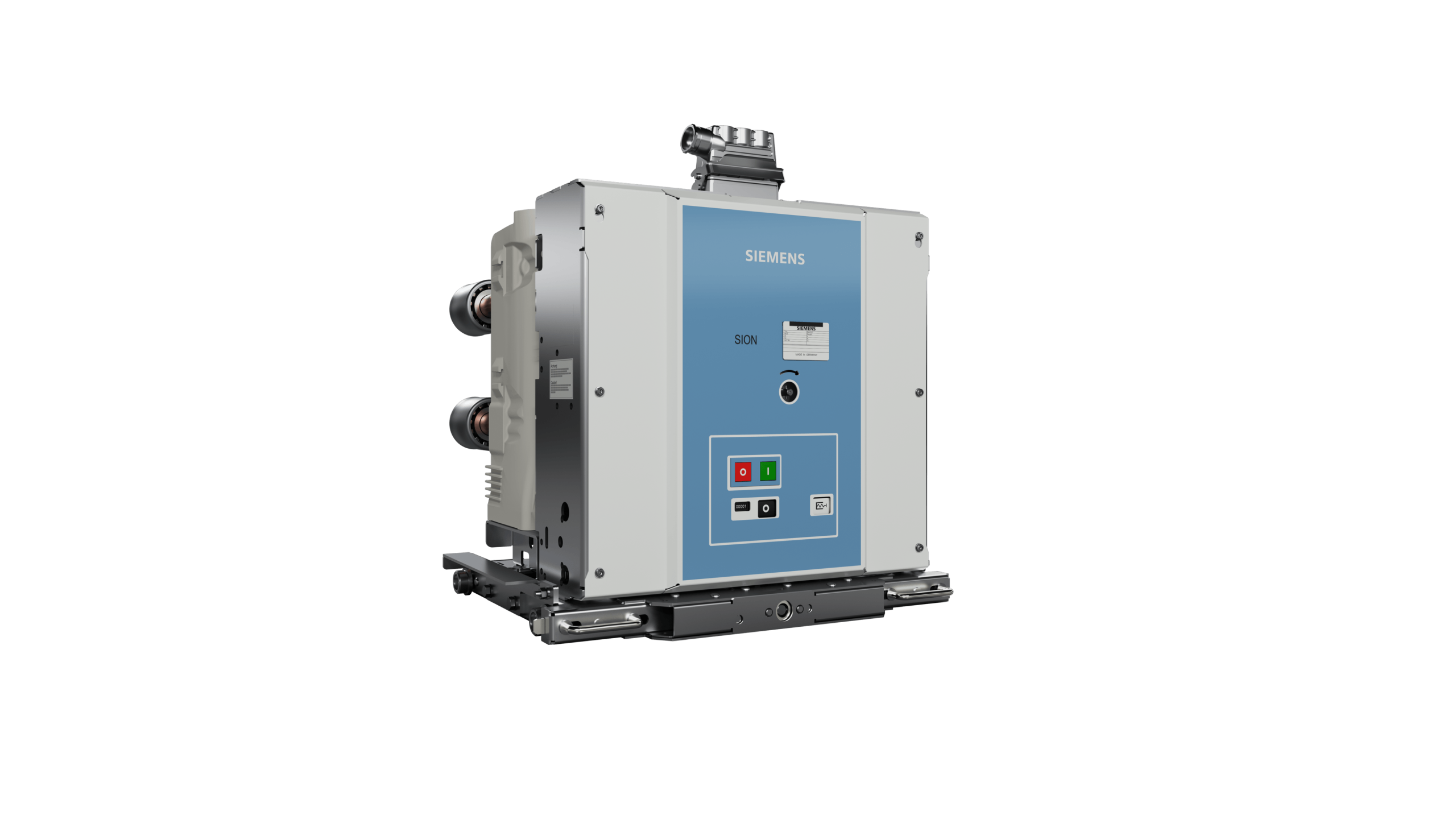Introduction to Vacuum Circuit Breaker Technology
A Vacuum circuit breaker is a highly reliable and efficient electrical device designed to interrupt current flow in medium voltage power systems. It uses a vacuum as the arc-extinguishing medium, making it one of the most advanced and durable types of circuit breakers available today. The Vacuum circuit breaker has become the preferred choice for industrial, commercial, and utility power systems due to its superior performance, low maintenance requirements, and long service life.
What Is a Vacuum Circuit Breaker?
A Vacuum circuit breaker is a switchgear component that isolates electrical circuits during faults or overloads. Unlike air or oil circuit breakers, it extinguishes the arc within a vacuum chamber. When the contacts of the Vacuum circuit breaker separate, the arc forms but is quickly quenched because the vacuum environment prevents ionization. This allows for quick interruption of current flow, ensuring maximum protection for connected electrical systems and equipment.
Components of a Vacuum Circuit Breaker
The main components of a Vacuum circuit breaker include the vacuum interrupter, operating mechanism, insulating housing, and control systems. The vacuum interrupter is the core element, containing fixed and moving contacts sealed in a vacuum. The operating mechanism ensures precise movement of contacts for reliable operation. These components work together to provide consistent, safe switching and fault clearing, making the Vacuum circuit breaker one of the most advanced technologies for medium voltage applications.
Working Principle of a Vacuum Circuit Breaker
The Vacuum circuit breaker operates on the principle of arc extinction in a vacuum environment. When a fault occurs, the breaker’s contacts open, creating an arc between them. However, since the arc is formed in a vacuum, it cannot sustain itself and extinguishes rapidly as the electrons and ions collide with the vacuum envelope. This process allows the Vacuum circuit breaker to interrupt high current levels effectively and restore the insulation strength between the contacts within microseconds. The fast arc extinction ensures minimal damage to components and greater system reliability.
Applications of Vacuum Circuit Breaker
The Vacuum circuit breaker is widely used in various applications, especially in medium voltage systems ranging from 3.3 kV to 33 kV. Common applications include:
- Power distribution in industrial plants
- Substations and utility grids
- Commercial buildings and data centers
- Renewable energy systems such as wind and solar farms
- Railway traction systems and mining operations
In all these environments, the Vacuum circuit breaker ensures reliable protection against overloads, short circuits, and other electrical faults, providing uninterrupted power and improved operational safety.
Advantages of Vacuum Circuit Breaker
The Vacuum circuit breaker offers numerous advantages over traditional circuit breakers:
- High reliability: The vacuum interrupter provides consistent performance over thousands of operations.
- Low maintenance: Since there is no gas or oil to replace, maintenance costs are significantly lower.
- Long service life: The contacts experience minimal wear, extending the life of the Vacuum circuit breaker.
- Compact design: Its small size and lightweight structure make installation easy.
- High dielectric strength: The vacuum provides excellent insulation between contacts.
- Fast arc extinction: Ensures minimal energy loss and high operational efficiency.
These benefits make the Vacuum circuit breaker ideal for both new installations and modernization projects.
Comparison with Other Types of Circuit Breakers
When compared to air, oil, or SF6 circuit breakers, the Vacuum circuit breaker stands out for its environmentally friendly and maintenance-free operation. Air circuit breakers are bulkier and require regular servicing, while oil circuit breakers pose fire hazards. SF6 breakers, though efficient, use greenhouse gases. In contrast, the Vacuum circuit breaker operates cleanly, safely, and efficiently, offering superior arc quenching and reduced environmental impact.
Environmental Impact and Safety
One of the key reasons the Vacuum circuit breaker is preferred globally is its eco-friendly design. Since it does not use any gas or oil as an arc medium, there are no risks of leaks, contamination, or greenhouse gas emissions. The Vacuum circuit breaker ensures complete safety during operation, making it ideal for sustainable energy networks and modern green electrical systems.
Maintenance and Performance
A Vacuum circuit breaker requires minimal maintenance due to its sealed construction. Periodic inspections are limited to mechanical components and control systems. The breaker’s stable performance even after numerous operations makes it a cost-effective and reliable solution for long-term use. Operators appreciate the Vacuum circuit breaker for its high mechanical endurance and reduced downtime, ensuring continuous power supply and efficient system protection.
Future of Vacuum Circuit Breaker Technology
As the global power industry moves toward digitalization and sustainability, the Vacuum circuit breaker continues to evolve with smart monitoring and IoT integration. Modern designs feature condition monitoring sensors, remote operation, and predictive maintenance systems. These advancements are transforming the Vacuum circuit breaker into an intelligent protection device that enhances system efficiency and reliability in smart grids and renewable energy networks.
Conclusion
The Vacuum circuit breaker has revolutionized the field of medium voltage power protection with its advanced technology, superior arc-quenching capability, and low environmental impact. Its long lifespan, minimal maintenance needs, and outstanding performance make it the top choice for industrial, commercial, and utility applications. As technology progresses, the Vacuum circuit breaker will continue to play a vital role in ensuring safe, sustainable, and efficient power distribution worldwide.



